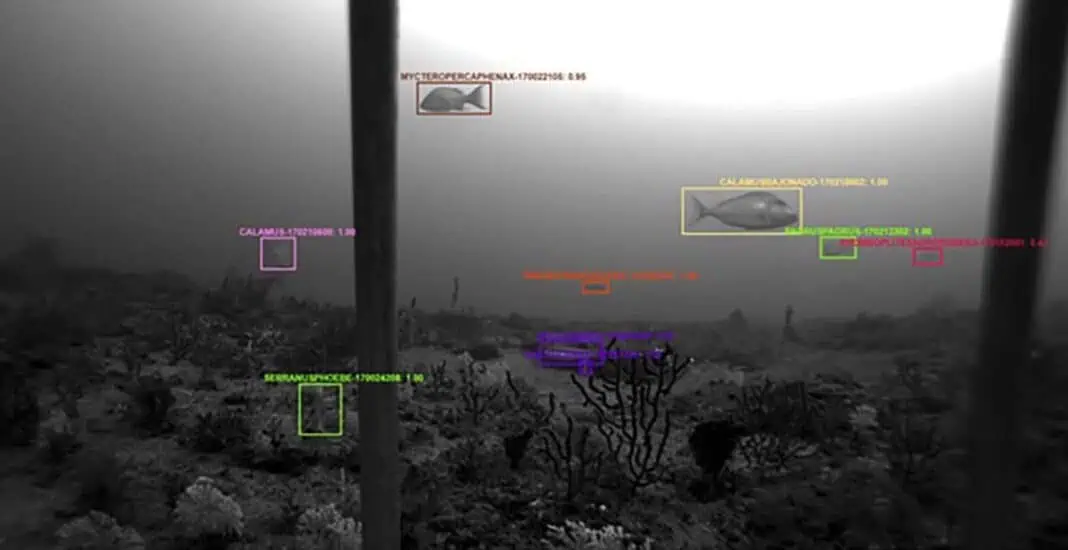The NOAA RESTORE Science Program is now using innovative technologies and collaborative efforts to better observe and monitor the intricate dynamics of the Gulf of America’s ecosystem.
The program is enabling diverse projects which use artificial intelligence, genetic analysis, underwater submersibles, aerial drones and satellite tagging to study marine life and habitats. These then deliver key insights which in turn allow for better resource management and ecological restoration in the region.
Projects supported by the program include the Gulf Fishery Independent Survey of Habitat and Ecosystem Resources, or G-FISHER, which is led by Ted Switzer at Florida’s Fish and Wildlife Research Institute. It uses innovative methods to monitor fish populations in the gulf through automation and machine learning.
The Video and Image Analytics for a Marine Environment (VIAME) software is a critical component of the project. This analyzes underwater video footage to identify and count over 150 species of reef fish.
VIAME accelerates the analysis of footage collected from hundreds of survey locations. This leads to a more uniform and reliable data set on fish abundance in the Gulf of America.
Another groundbreaking project enabled by the science program is headed by Ryan Takeshita at the National Marine Mammal Foundation. The project is pioneering the use of machine learning and genetic sampling to assess dolphin health through their DNA.
The project focuses on dolphins in the Houston area, where the team employs a method borrowed from human aging studies to analyze epigenetic markers. These are tiny chemical alterations in DNA that function as biological timestamps.
These markers reveal a dolphin’s age and provide insights into the cumulative effects of stress, disease, and pollution.
By comparing DNA clues from skin samples with industrial chemical levels, such as polychlorinated biphenyls (PCBs) and dioxins, present in Galveston Bay, the researchers are probing whether pollution is accelerating dolphins’ biological aging.
You can find out more about the NOAA RESTORE Program here.

